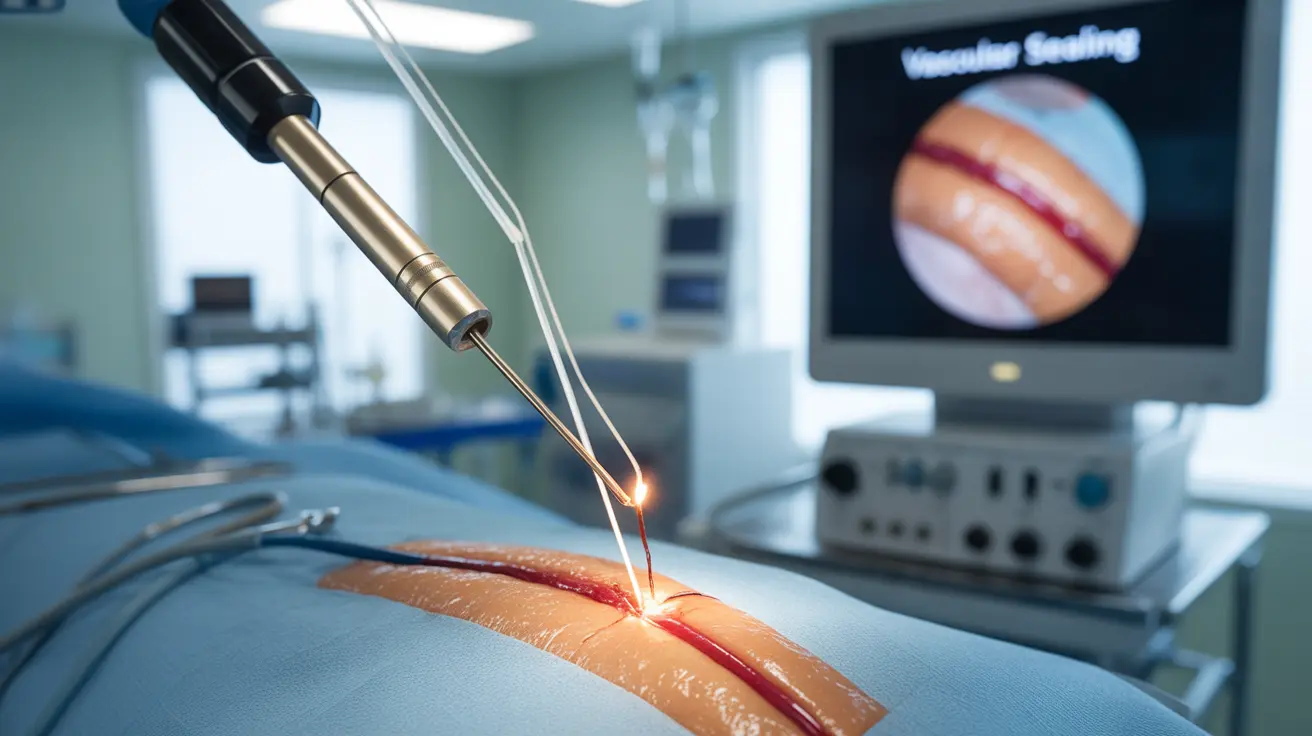Electrocautery is a crucial surgical technique that uses controlled heat from electrical current to seal blood vessels, remove abnormal tissue, and prevent bleeding during medical procedures. This precise method has revolutionized modern surgery by providing surgeons with better control and improved patient outcomes.
In this comprehensive guide, we'll explore how electrocautery works, its common applications, and what patients should know about this important surgical tool.
How Electrocautery Works
Electrocautery operates on a simple yet effective principle: electrical current generates heat in a specialized surgical instrument, which is then used to precisely treat tissue. Unlike some other surgical techniques, the electrical current doesn't pass through the patient's body, making it a safer option for many procedures.
The surgical tool, called a cautery probe, heats up to temperatures that can effectively seal blood vessels and remove unwanted tissue. Surgeons can carefully control the temperature and duration of application, ensuring precise treatment while minimizing damage to surrounding healthy tissue.
Common Medical Applications
Electrocautery serves various important medical purposes across different specialties:
- Minor surgical procedures
- Removal of skin lesions
- Control of bleeding during surgery
- Destruction of abnormal tissue
- Cosmetic procedures
This versatile technique is particularly valuable in both outpatient settings and major surgical operations, offering surgeons flexibility in addressing various medical conditions.
Types of Electrocautery Procedures
Monopolar Cautery
In monopolar cautery, the electrical current flows from a single electrode at the surgical site to a grounding pad placed elsewhere on the patient's body. This type is commonly used for larger procedures and provides excellent precision for tissue cutting and coagulation.
Bipolar Cautery
Bipolar cautery involves electrical current flowing between two tips of the surgical instrument, similar to tweezers. This method offers enhanced control and is particularly useful for delicate procedures or working in confined spaces.
Safety and Preparation
Before undergoing an electrocautery procedure, patients should discuss several important factors with their healthcare provider:
- Medical history and current medications
- Presence of any metal implants or pacemakers
- Skin conditions that might affect healing
- Previous reactions to surgical procedures
Frequently Asked Questions
What is electrocautery and how does it work in surgical procedures?
Electrocautery is a surgical technique that uses heated instruments to seal blood vessels and remove tissue. The process involves electrical current heating a metal probe, which is then applied to specific areas for cutting, coagulation, or tissue destruction, all while preventing excessive bleeding.
What medical conditions or situations commonly require electrocauterization?
Electrocauterization is commonly used for removing skin lesions, controlling bleeding during surgery, treating small wounds, removing abnormal tissue growth, and performing various cosmetic procedures. It's particularly valuable in situations requiring precise tissue treatment with minimal blood loss.
How is electrocautery different from electrosurgery, and what are the safety implications?
While both techniques use electricity, electrocautery heats only the surgical instrument, while electrosurgery passes current through the patient's tissue. This makes electrocautery generally safer, especially for patients with certain medical devices or conditions, as the electrical current doesn't enter the body.
What should patients expect during recovery after electrocautery, including possible side effects?
Recovery typically involves minimal discomfort and quick healing. Patients may experience some soreness, mild swelling, and scab formation at the treatment site. Most people can return to normal activities within a few days, depending on the procedure's extent.
Are there any risks or complications associated with electrocautery, and how can they be minimized?
While generally safe, potential risks include minor burns, scarring, and infection. These can be minimized through proper surgical technique, careful patient screening, and following post-procedure care instructions. Having an experienced healthcare provider and maintaining good wound care are essential for optimal outcomes.




